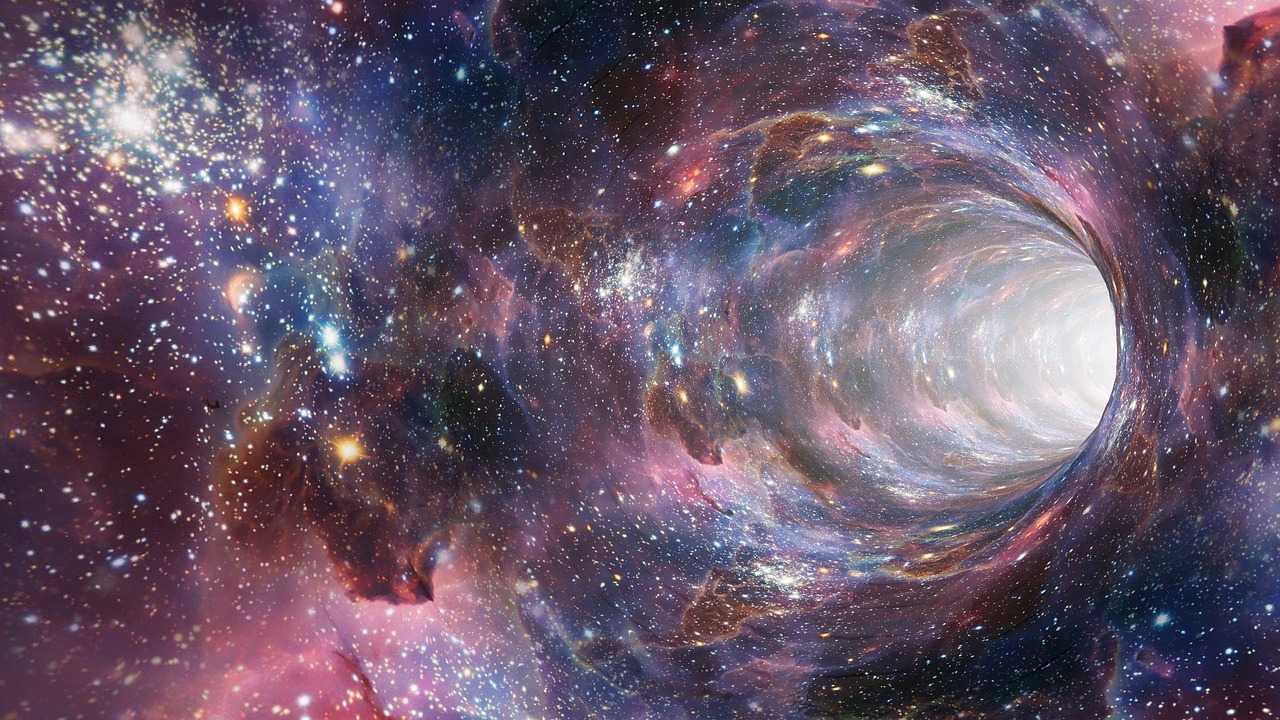Here are 30 interesting facts about black holes
- Black holes are mysterious elements of the universe that have extremely intense gravity from which nothing can escape – not even light.
- The first modern solution of general relativity that characterized a black hole was given by Karl Schwarzschild in 1916.
- The term “black hole” was coined by John Wheeler in 1967 during a presentation at the NASA Goddard Institute of Space Studies.
- Black holes cannot be directly observed, but their effects on nearby celestial bodies and gas can be detected by telescopes and satellites.
- In 2019, scientists captured the first-ever image of a black hole, located 500 million trillion kilometers away at the core of elliptical galaxy Messier 87.
- There are four types of black holes: stellar, supermassive, intermediate, and primordial.
- Stellar black holes are formed by the gravitational collapse of a large star and have masses ranging from 5 to several tens of times the mass of the Sun.
- Supermassive black holes are the largest black holes with masses ranging from hundreds of thousands to billions of solar masses and are found at the centers of most galaxies.
- Intermediate black holes are significantly more massive than stellar black holes but less than supermassive black holes and are thought to exist in some low-luminosity active galactic nuclei.
- Primordial black holes are hypothetical black holes that could have formed soon after the Big Bang and range from an atom’s size to a mountain’s mass.
- The boundary within which escape velocity of a black hole is greater than the speed of light is called the event horizon.
- The point at the center of a black hole where gravity is infinite and space and time have no meaning is called the singularity.
- The region around a black hole where the gravitational effects are noticeable is called the ergosphere.
- The process by which a rotating black hole drags nearby space and time around with it is called frame-dragging.
- The phenomenon by which an object falling into a black hole appears to slow down and fade away as it approaches the event horizon is called gravitational redshift.
- The theory that states that all information about an object falling into a black hole is encoded on its event horizon is called the holographic principle.
- The paradox that arises from the apparent loss of information when an object falls into a black hole, violating quantum mechanics, is called the information paradox.
- The hypothetical process by which quantum effects cause a black hole to emit radiation and lose mass is called Hawking radiation.
- The hypothetical explosion that occurs when a black hole evaporates completely due to Hawking radiation is called a Planck-scale explosion.
- The hypothetical bridge or shortcut between two distant points in space-time that could be created by a pair of entangled black holes is called a wormhole.
- The hypothetical scenario in which an observer falling into a large black hole encounters another universe inside is called the Fuzzball theory.
- The hypothetical scenario in which an observer falling into a large black hole encounters a firewall of high-energy radiation at the event horizon is called the Firewall paradox.
- The hypothetical scenario in which an observer falling into a large black hole encounters a mirror image of themselves at the event horizon is called the ER=EPR conjecture.
- The hypothetical scenario in which an observer falling into a large black hole encounters a region where space and time switch roles is called the Anti-de Sitter space/Conformal Field Theory correspondence (AdS/CFT correspondence).
- Our Milky Way galaxy probably has a supermassive black hole at its center with a mass of about 4 million times that of the Sun.
- The closest known stellar black hole to Earth is Cygnus X-1, which is about 6,000 light-years away and has a mass of about 15 times that of the Sun.
- The most massive known stellar black hole is LB-1, which is about 13,800 light-years away and has a mass of about 70 times that of the Sun.
- The most massive known supermassive black hole is TON 618, which is about 10.4 billion light-years away and has a mass of about 66 billion times that of the Sun.
- Black holes can merge with other black holes to form bigger ones, releasing enormous amounts of energy in the form of gravitational waves that can be detected by instruments like LIGO and VIRGO.
- Black holes can also spin, grow hair, sing, dance, and do other amazing things according to various theories and models proposed by physicists over the years
Facebook Comments


































